Are you an artist looking for a reliable device to help take your work to the next level? It can be difficult to decide between all the different tablets and laptops on the market. For those who draw, painting, and creating digital works of art, it’s important to find a tablet that meets their needs. There are two main options when it comes to Apple iPads — The iPad Pro 11 and 12.9 inch models. But which one is better for drawing? In this post, we break down each offering’s specs in detail and compare them side-by-side so you can make an informed decision based on your creative needs. Read on for more information about what features each tablet has to offer!
What is Drawing?
Drawing is an act of expressing oneself visually through the use of various media such as paper, canvas, pencils, markers, or other tools. It can be used to create anything from a simple sketch to a complex masterpiece. Drawing allows you to express yourself in a unique way and can bring joy and fulfillment to those who practice it. [1]
The basic concepts of drawing include the following:
- Line: Lines are the most basic element of drawing. They can be used to create contours, outlines, or textures.
- Shape and Form: Shapes and forms are created when lines intersect and create shapes like circles, squares, rectangles, and other polygons.
- Light and Dark Values: These values help define form by controlling the amount of light that reflects off of an object.
- Perspective: This is used to create the illusion of depth and space in a drawing.
- Color: Colors are used to create contrast, emphasize certain elements, or bring out emotions in a drawing.
- Texture: This is created by adding details to a drawing, such as rough or smooth surfaces, fur, and other textures. [2]
What are the Most Popular Types of Drawing?
Drawing is one of the oldest and most popular art forms. From pencil sketches to intricate charcoal drawings, there are many types of drawing that allow people to express their creativity and create stunning works of art. But what are the most popular types of drawing? [3]
- Pencil Drawing – Pencil drawing is probably one of the most basic and oldest forms of drawing, but it can also be incredibly detailed and precise. By using just a pencil and paper, artists can create lifelike images that look just like a photograph.
- Charcoal Drawing – Charcoal is a great medium to use for high contrast drawings, as it creates dark and dramatic effects. Whether they’re building up layers of charcoal or using light strokes to define shapes, charcoal drawing allows artists to create stunning pieces with intricate details.
- Oil Painting – Oil painting is one of the most popular types of drawing, and it has been around for centuries. This type of drawing requires a great amount of skill and patience to create beautiful works that will last for generations.
- Watercolor Painting – Watercolor paintings are an incredibly popular form of art due to their elegant and dreamy look. Watercolor paints are versatile and easy to use, so they’re perfect for beginners as well as experienced artists.
- Ink Drawing – Ink drawing is a type of drawing that has recently become popular due to its ability to create intricate details and bold lines. Ink drawings can be used for many different types of art from whimsical cartoons to realistic portraits.
- Digital Drawing – Digital drawing has also become a popular type of drawing thanks to its convenience and wide range of tools available. Artists can use digital drawings to add depth and texture to their works, as well as create unique pieces with ease. [4]
What Tools Are Needed for Drawing?
Drawing is a rewarding creative activity that allows you to express your ideas, feelings, and impressions. To get the most out of this hobby, it helps to invest in a few essential tools that can help you create beautiful works of art. [5]
The basic materials needed for drawing include:
- Graphite Pencils: Graphite pencils are typically graded from 9H (hardest) to 9B (softest). Having a range of these pencils allows you to create different tones and lines in your drawings.
- Charcoal Pencils: Charcoal provides a darker tone than graphite and can be used to give your drawings a more dramatic look.
- Erasers: Erasers are essential for making corrections and removing unwanted lines from your drawing.
- Art Pen: Art pens come in a variety of sizes and colors, allowing you to add detail and color to your work.
- Drawing Paper: Investing in high quality drawing paper will ensure that your work looks professional and lasts for years to come.
- Paint: Paint can be used to add color to your drawings, as well as texture and depth.
- Brushes: Brushes are available in all shapes and sizes, and are essential for painting with precision.
- Drawing Tablet: Drawing tablets are becoming an increasingly popular tool for digital artists. These devices allow you to draw directly onto a computer screen, eliminating the need for paper and traditional drawing tools.
These are just a few of the essential materials needed for drawing. Depending on your particular interests, you may also want to invest in other supplies such as pastels or colored pencils. No matter what tools and materials you choose, the important thing is that you’re having fun and creating unique works of art! [6]
How to Select the Drawing Tablet?
Choosing the right drawing tablet for your needs can be a difficult task. There are many factors to consider, such as size, resolution, pressure sensitivity and even compatibility with software. Here is an overview of what you should look for when selecting a drawing tablet:
Size
First and foremost, you should determine the size of the drawing tablet that will best suit your needs. Smaller tablets are typically more portable, while larger ones can provide more room for drawing and sketching. Additionally, many tablets come with an adjustable stand that you can use to make the tablet easier to use.
Resolution
Resolution is an important factor when selecting a drawing tablet. Higher resolution tablets offer more detail in your drawings, but also require more processing power.
Pressure Sensitivity
Pressure sensitivity is a feature that allows the tablet to detect how hard you press on it when drawing or writing. This can be useful for creating thinner or thicker lines in your artwork. Higher pressure sensitivity usually results in more accurate and responsive drawings.
Compatibility
It’s important to make sure the tablet you choose is compatible with your software. Most tablets are designed to work with popular drawing programs, such as Adobe Photoshop or Corel Painter. However, some tablets may be incompatible with certain software packages. Be sure to do your research beforehand to ensure that the tablet you select will work with your program of choice.
Customization
Most tablets allow for some degree of customization. This means you can adjust settings such as the pressure sensitivity, or assign certain tasks to specific buttons on the tablet. Having the ability to customize your tablet can make it easier and more enjoyable to use.
Budget
Last but not least, consider how much you are willing to spend on a drawing tablet. Prices can vary greatly depending on the features and size of the tablet, so it’s important to find a model that fits within your budget. [7]
iPad Pro 11 for Drawing: Key Features
The iPad Pro 11 was designed with the artist in mind. It comes equipped with an advanced Liquid Retina display and powerful A12X Bionic Chip, allowing you to unleash your creativity like never before.
Here are some of the key features that make it perfect for drawing:
- Precision Display – The iPad Pro 11’s incredible 11-inch Liquid Retina display with ProMotion technology provides an unmatched level of detail and clarity that is perfect for drawing. With support for HDR, true tone, and wide color gamut, you can take your art to new depths of realism.
- Powerful Chip – The iPad Pro 11’s A12X Bionic chip lets you work faster and more efficiently than ever before. The powerful graphics processor and Neural Engine allow you to render high-resolution images in real time, making it ideal for any type of detailed artwork.
- Accessories – Apple’s range of accessories, like the Apple Pencil and Smart Keyboard Folio, make drawing on the iPad Pro 11 even easier. You can use the Apple Pencil to draw with precision and control, while the Smart Keyboard Folio allows you to type quickly and accurately.
- iOS 12 – The iPad Pro 11 runs on the latest version of iOS, giving you access to a wide range of creative tools. With features like Apple’s Shortcuts app, you can create custom shortcuts that help speed up your workflow.
- Performance and Battery Life – The iPad Pro 11 is incredibly powerful, yet still offers an impressive 10 hours of battery life. With this much power and endurance, you can work for long periods of time without worrying about running out of juice.
The iPad Pro 11 is the perfect tool for creating stunning digital artwork. With its advanced display technology, powerful processor, and array of accessories, it’s easy to create professional-grade pieces with precision and control. Whether you’re a professional artist or an aspiring creator, the iPad Pro 11 is sure to help take your artwork to the next level. [8]
iPad Pro 12.9 for Drawing: Key Features
The iPad Pro 12.9 is the perfect device for digital drawing thanks to its large screen size, improved processor, and Apple Pencil support. This tablet packs a punch with features like:
- Large Display – The 12.9 inch Liquid Retina display offers an incredibly immersive experience for making art pieces or sketching designs. The thin bezels and rounded corners ensure that you get the most out of the screen with minimum distractions.
- A12X Bionic Chip – This device features a powerful A12X Bionic chip which ensures smooth, lag-free performance when drawing or editing images. The processor also offers faster rendering times for richer colors and better visuals.
- Apple Pencil Support – The iPad Pro 12.9 was designed with the Apple pencil in mind, offering amazing precision and pressure sensitivity when drawing. It also has a magnetic attachment for easy storage and accessibility.
- Face ID Security – This device is equipped with advanced facial recognition technology, allowing you to easily unlock your tablet without having to type in a password or pattern.
- High-Quality Cameras – The iPad Pro 12.9 is equipped with two cameras, an 8MP rear camera and a 7MP TrueDepth front-facing camera. This allows you to take stunning photos and record videos in high definition quality.
- Long Battery Life – You can enjoy up to 10 hours of battery life on the iPad Pro 12.9, allowing you to create works of art without worrying about running out of charge.
These features make the iPad Pro 12.9 an ideal device for digital drawing and design work. Its sleek design, powerful processor, and advanced security features make it the perfect choice for artists who want to take their artwork to the next level. Whether you’re a digital artist, graphic designer, or just someone looking to sketch out ideas, the iPad Pro 12.9 is the right choice for you. [9]
How to Draw as Professional?
Knowing how to draw as a professional is an important skill for any artist. It requires a great deal of practice, patience, and dedication, but the results can be stunning. To ensure your work looks its best and stands out from others, there are some key steps you should take before taking up your pencil or paintbrush.
First and foremost, ensure you have the right supplies. Quality art materials can make a huge difference, and investing in good quality pencils, erasers, paints and brushes will give you the best results. Do some research to find out which brands are recommended for your chosen medium; there are hundreds of options available so it pays to shop around.
Next, take the time to plan your piece thoroughly before you start. It’s important to consider composition, tone, balance and the overall effect you’re trying to achieve. This will help make the process easier once you begin drawing.
It’s important to protect your work. Frames or boxes can help keep your drawings safe, while also adding to the overall presentation. You can also display your work in galleries or online for the world to see.
Lastly, practice regularly and don’t be afraid to experiment. Drawing is a skill that takes time and hard work, but it can be incredibly rewarding when you create something beautiful. Good luck! [10]
FAQs
What size iPad Pro is best for drawing?
The 12.9-inch iPad Pro is considered the ideal size for drawing, as it provides the most space to work with. It also has an incredibly responsive touchscreen and powerful processor that make it perfect for digital art. With its larger display, you can see more of your artwork and easily create intricate designs. Plus, the Apple Pencil offers pressure sensitivity and advanced palm rejection, enabling you to draw with great precision. For those who want a smaller device, the 11-inch iPad Pro is also an excellent choice for digital drawing. It has all the same features as its bigger sibling but packed into a more compact form factor. Whichever iPad Pro size you go with, it’s sure to make your artwork come alive like never before.
Is the iPad Pro 12.9 worth it for drawing?
The iPad Pro 12.9 is a great device for artists, designers, and illustrators looking to take their work on the go. With its large display size, sleek design, and powerful processor, it can easily handle most drawing tasks with ease. Plus, with Apple Pencil support, you’ll be able to create incredibly detailed artwork with precision accuracy.
Is the iPad Pro 11 good for Procreate?
The iPad Pro 11 is a great choice for anyone considering using Procreate. Not only does it have an impressive display with its Liquid Retina technology, but also the powerful A12X Bionic chip that makes it excellent for running creative apps like Procreate. It’s also incredibly lightweight and thin, making it easy to take on the go.
Using the Apple Pencil is also a great experience on the iPad Pro 11, as it offers precise and intuitive control over whatever you’re creating. Plus, with its incredibly long battery life, you won’t have to worry about your device dying in the middle of an important project. With all these features combined, the iPad Pro 11 is perfect for using Procreate.
Which iPad is best for drawing graphics?
If you’re looking for the perfect iPad to draw graphics, the Apple iPad Pro is one of the best options. It’s equipped with an A12Z Bionic processor and a Liquid Retina display that provides great picture quality. The new Apple Pencil 2 gives you incredible accuracy and precision when drawing, making it ideal for creating complex designs and artwork. Other features like the ProMotion technology and wide color gamut also make the iPad Pro an excellent choice for drawing graphics.
The iPad Air 4 also offers great performance for graphic design work, with its A14 Bionic processor and Retina display providing quality visuals as you draw. Its 10.9 inch screen gives you plenty of room to create detailed artwork. Plus, it’s compatible with the Apple Pencil 1, making it easy to draw shapes and lines.
Useful Video: iPad Pro 11 vs 12.9 for drawing (size comparison)
Conclusion
After considering all the factors in this review, both iPads are suitable options for drawing. However, it really comes down to what type of artwork you plan to create. If you’re a traditional artist looking to transition to the digital world, or if you need a larger canvas size or an easier way to create 3D art—the 12.9 is your best bet. If you’re someone who travels often, and wants something that is lightweight and slim, the 11-inch iPad Pro is likely your choice. Ultimately, cost will be the deciding factor as well; so make sure you look at all aspects before making your decision. No matter which option you choose, with practice and creativity—you can produce amazing works of art with either iPad Pro model. So go get started on expressing yourself creatively!
References:
- https://www.eden-gallery.com/news/what-is-drawing
- https://artincontext.org/what-is-drawing/
- https://www.linearity.io/blog/drawing-styles/
- https://obsessedwithart.com/popular-drawing-styles/
- https://thevirtualinstructor.com/blog/10-essential-drawing-materials-and-tools-for-beginners
- https://www.artsy.net/article/artsy-editorial-pencils-papers-erasers-start-drawing
- https://essentialpicks.com/how-to-choose-a-drawing-tablet/
- https://artsideoflife.com/ipad-pro-11-for-procreate-drawing-and-artists/
- https://www.selfemployedartist.com/blog/artists-review-of-the-ipad-pro
- https://www.wikihow.com/Draw-Like-a-Pro

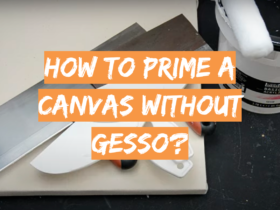



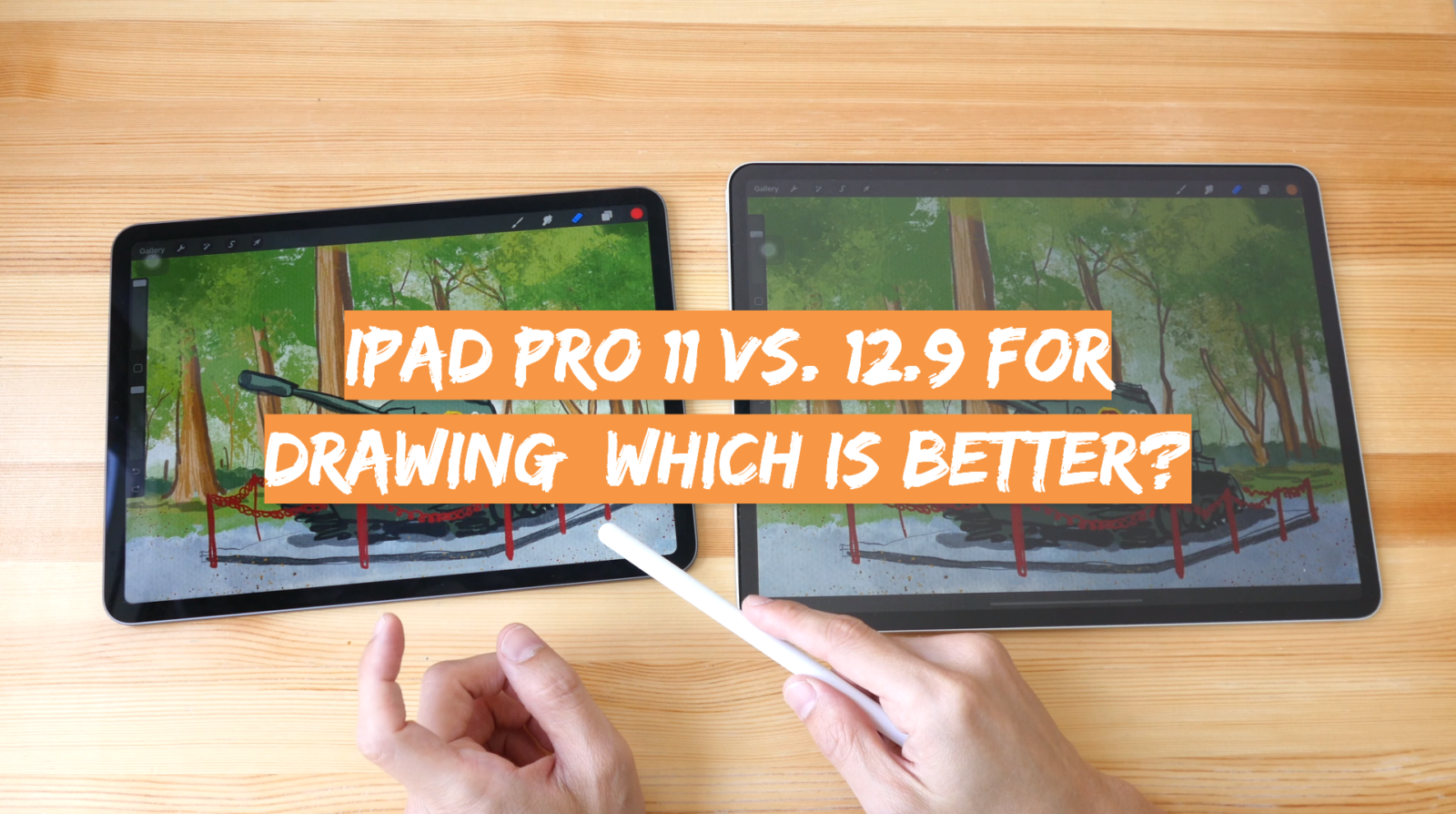
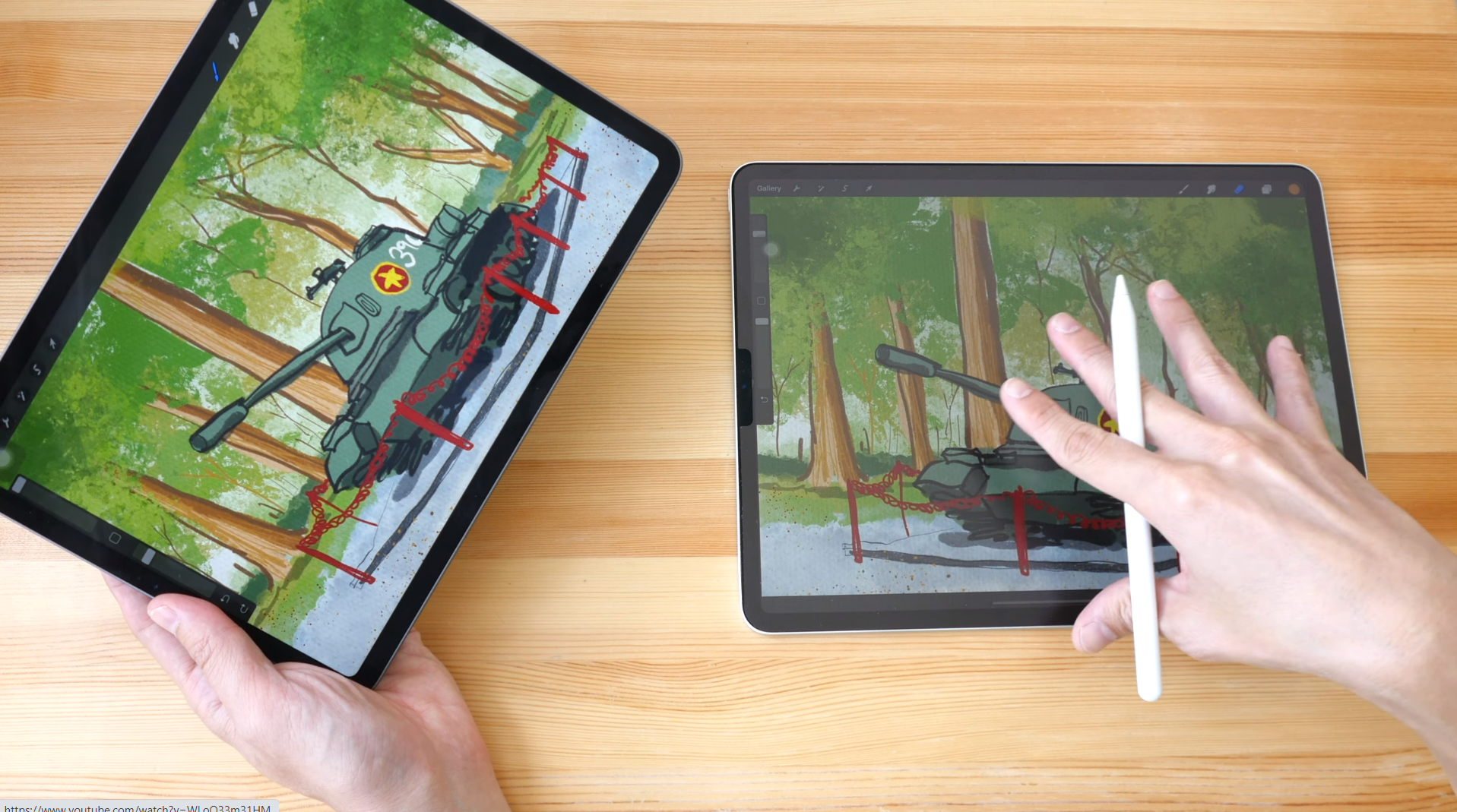
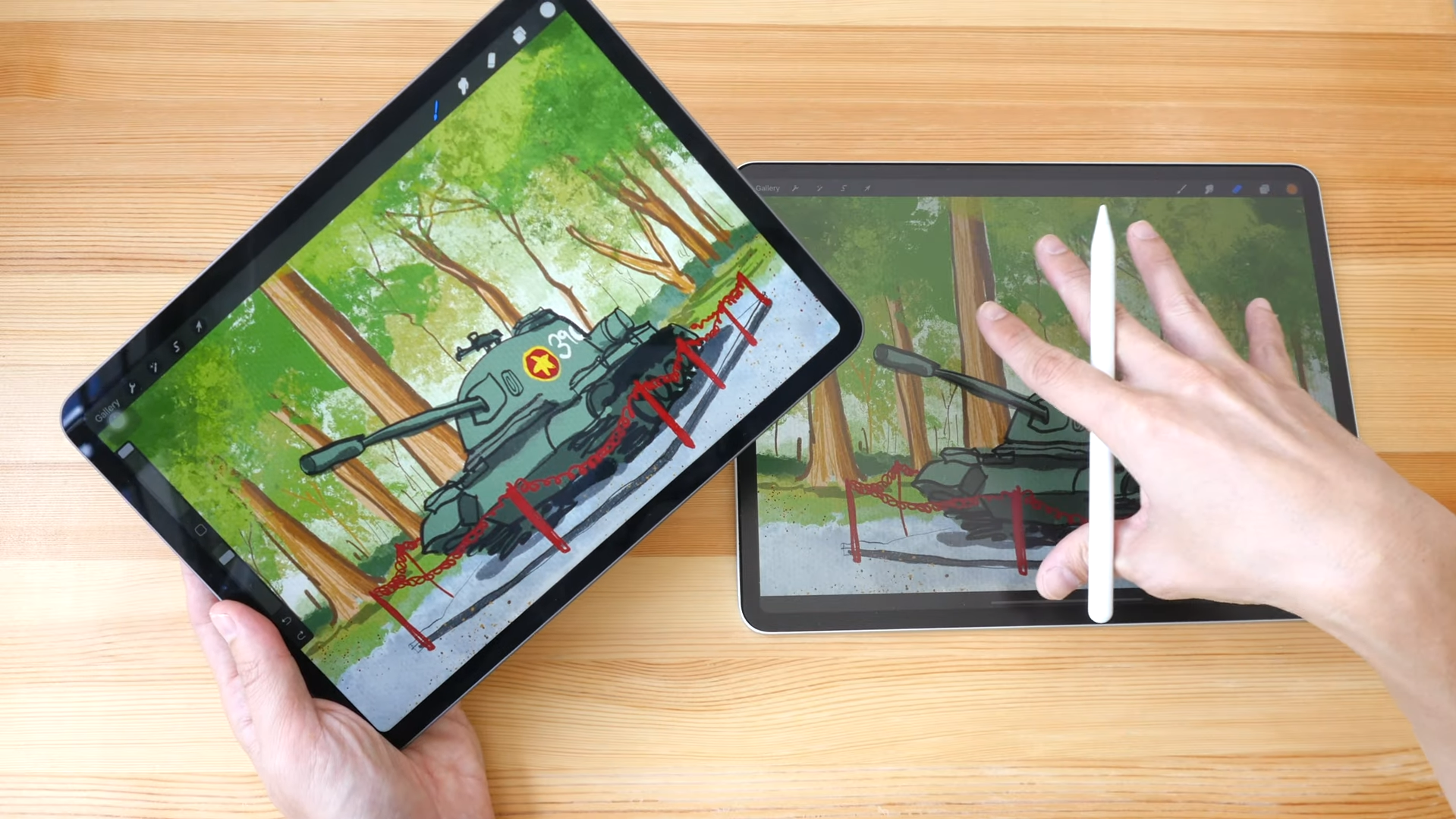
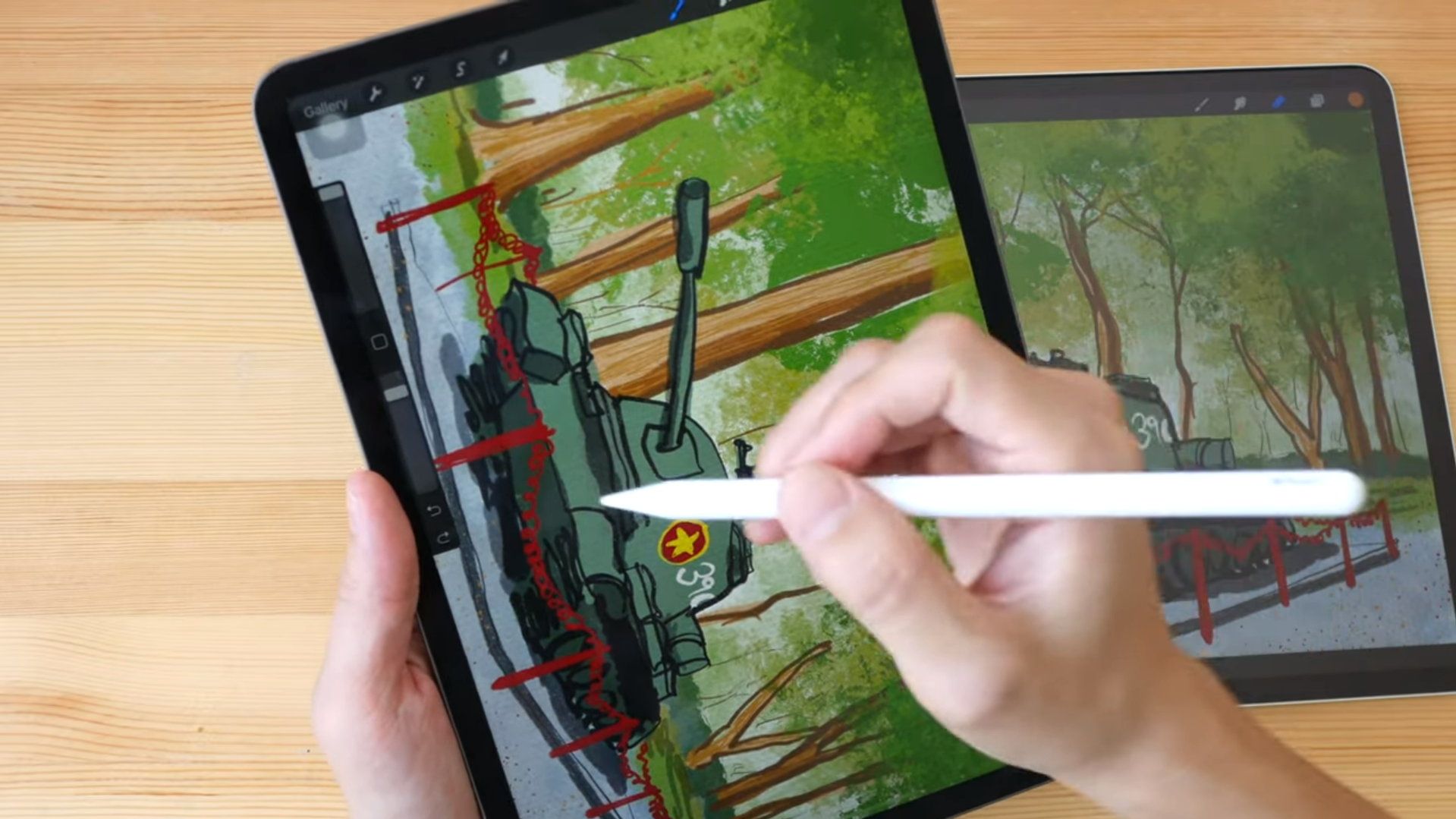

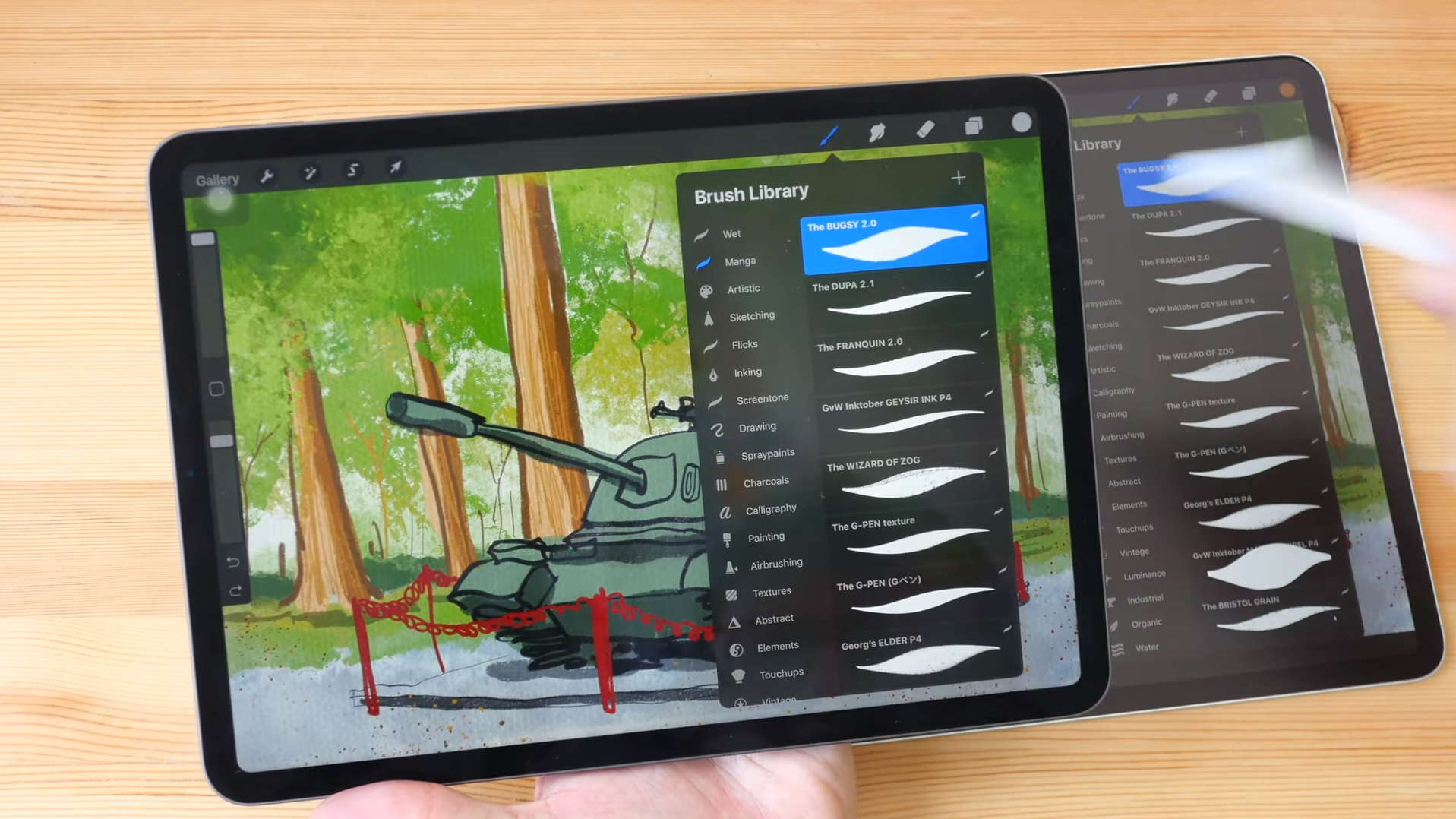
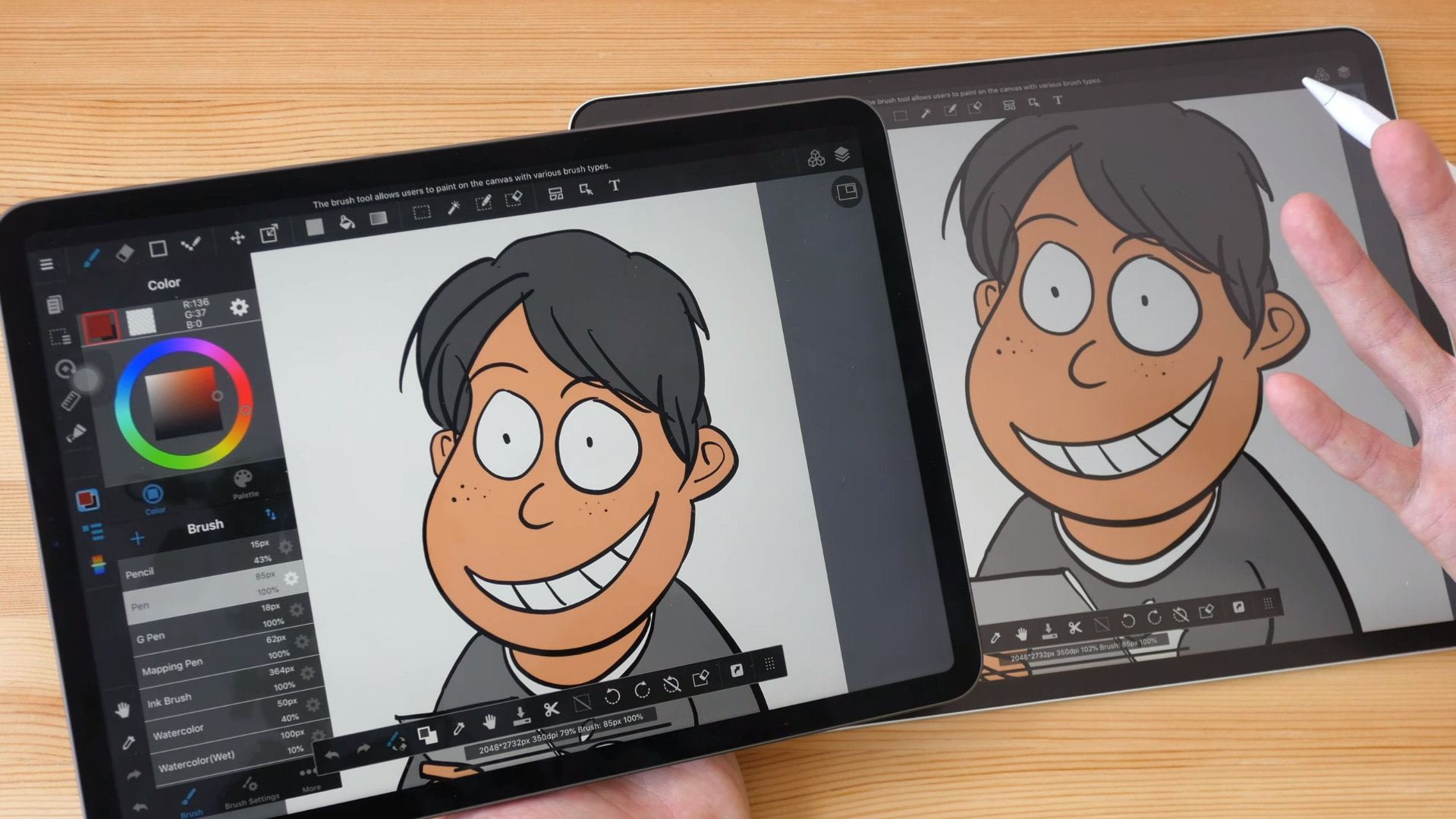
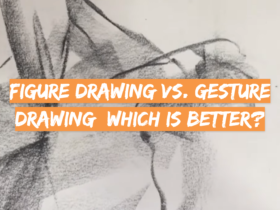
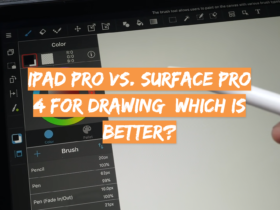
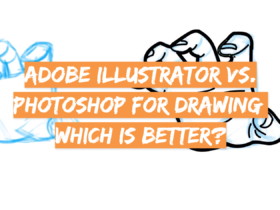
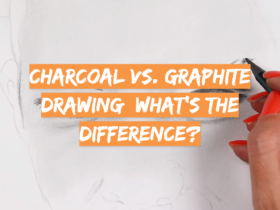
Leave a Review